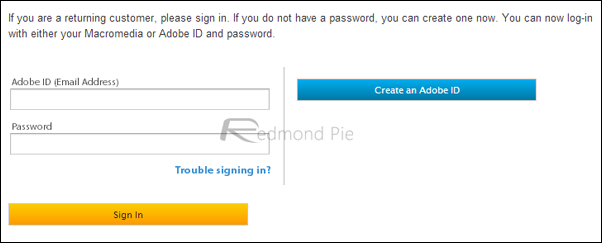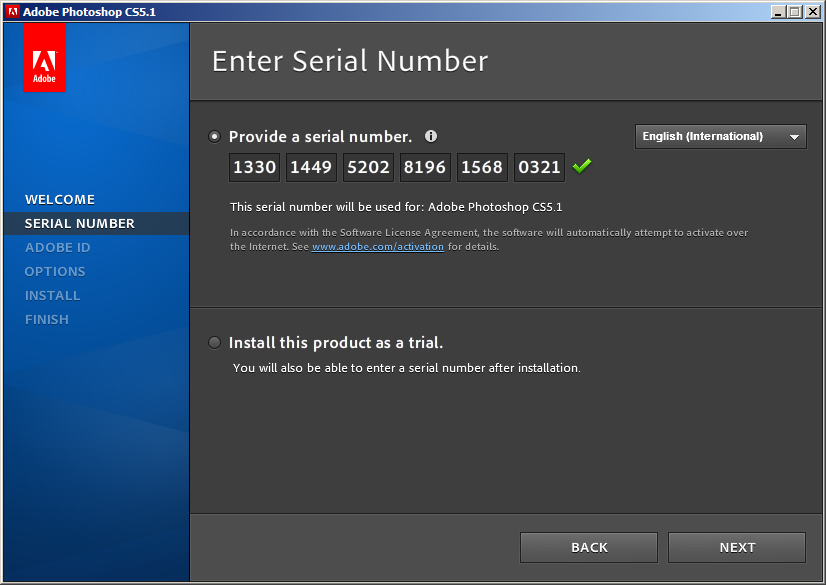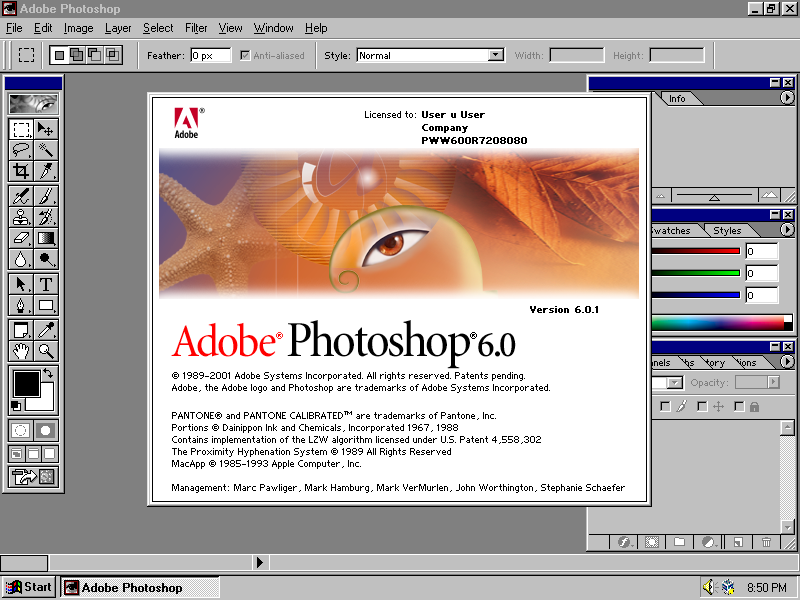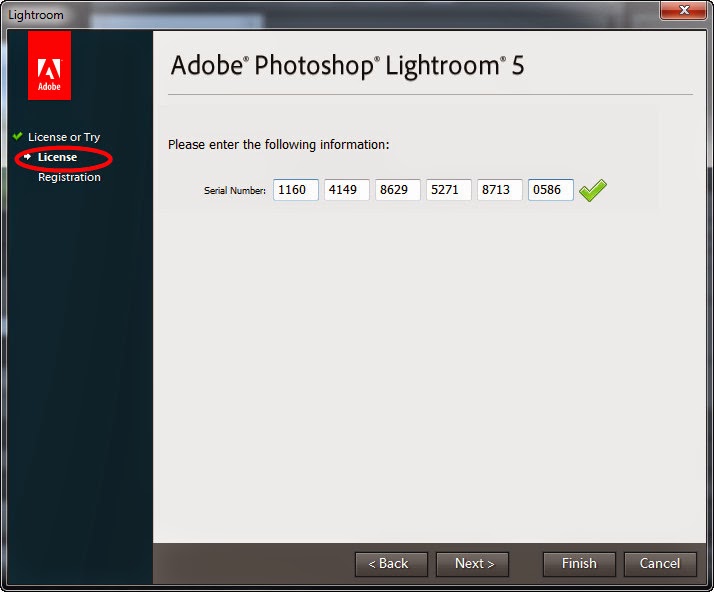

tly file in the folder you used for your backup. In the Restore From section of the dialog box, select the drive containing the backup files (G: in our example), click on the Browse button and then navigate to and select the.Once the backup is complete, click on File > Restore (The wording after Restore varies depending PSE version you are using).This new folder should now be in the backup path field. This tells me the name of the catalog, the fact that it is a full backup in contrast to an incremental backup, and the date it was created.



Often external drives come formatted as FAT32 drives to increase their compatibility across various platforms. Before starting, we checked to make sure that the new external drives were formatted using NTFS, and not FAT32. She bought two USB 2.0 external hard drives, one for her catalog and images and the second one for her backup files. She has PSE 5, but these same steps can be used with any version. The added advantage for her of doing it this way was it forced her to back up her catalog, which she had not done recently. There are a number of ways this can be done, but I chose to do a backup/restore. The number of pictures in her catalog had grown to about 5,000, and she was concerned that she was running out of disk space. The other day I helped a client move all of her pictures, as well as her catalog from her C drive to a new external drive.


 0 kommentar(er)
0 kommentar(er)
